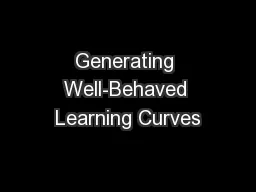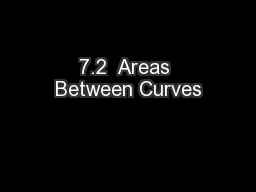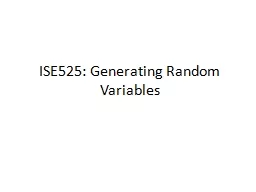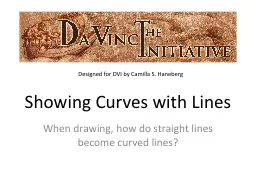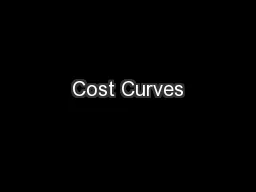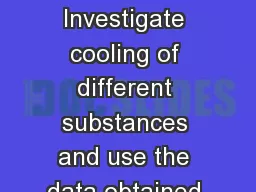PPT-Generating Well-Behaved Learning Curves
Author : min-jolicoeur | Published Date : 2016-02-19
An Empirical Study Gary M Weiss Alexander Battistin Fordham University Motivation Classification performance related to amount of training data Relationship visually
Presentation Embed Code
Download Presentation
Download Presentation The PPT/PDF document "Generating Well-Behaved Learning Curves" is the property of its rightful owner. Permission is granted to download and print the materials on this website for personal, non-commercial use only, and to display it on your personal computer provided you do not modify the materials and that you retain all copyright notices contained in the materials. By downloading content from our website, you accept the terms of this agreement.
Generating Well-Behaved Learning Curves: Transcript
Download Rules Of Document
"Generating Well-Behaved Learning Curves"The content belongs to its owner. You may download and print it for personal use, without modification, and keep all copyright notices. By downloading, you agree to these terms.
Related Documents

